Home>Garden Essentials>How To Plant Aquarium Grass Seeds
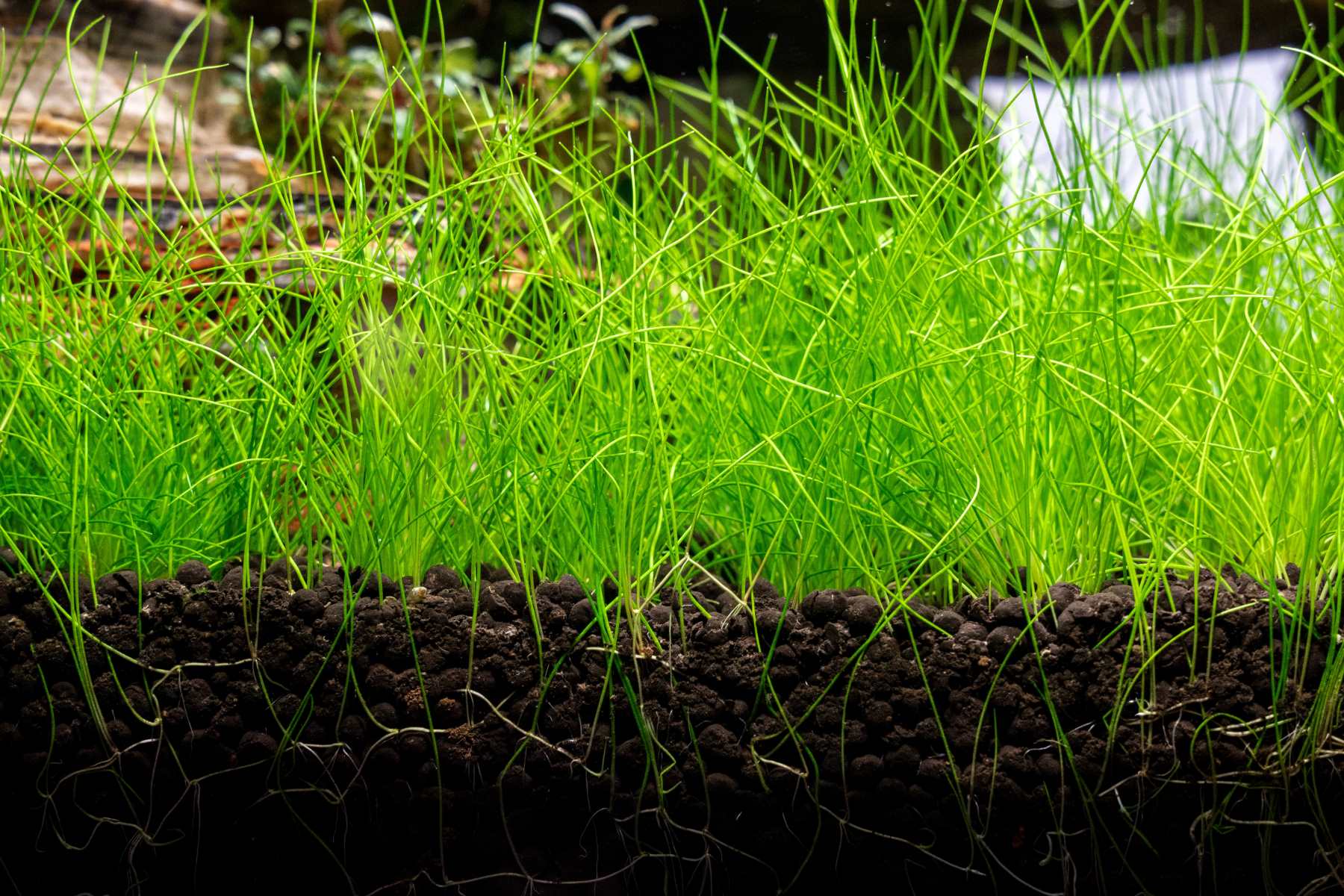

Garden Essentials
How To Plant Aquarium Grass Seeds
Modified: March 16, 2024
Discover how to easily plant aquarium grass seeds in your garden. Create a lush and vibrant underwater landscape with these simple steps.
(Many of the links in this article redirect to a specific reviewed product. Your purchase of these products through affiliate links helps to generate commission for Storables.com, at no extra cost. Learn more)
Introduction
Welcome to the world of aquarium gardening! If you’re looking to add a touch of greenery to your underwater oasis, planting aquarium grass seeds is a great way to achieve that lush and vibrant look. Whether you’re a beginner or an experienced aquarist, growing aquarium grass can be a rewarding and fulfilling experience.
Aquarium grass not only adds aesthetic appeal to your tank but also provides several benefits for the aquatic environment. It helps to oxygenate the water, provides hiding places for fish, absorbs excess nutrients, and prevents the growth of algae. Plus, watching your fish swim through the swaying grass creates a mesmerizing and natural ambiance.
In this article, we will guide you through the process of planting aquarium grass seeds and nurturing them to full-grown plants. So, let’s dive in and get started with creating your own beautiful aquatic garden!
Key Takeaways:
- Planting aquarium grass seeds enhances your tank’s beauty and benefits aquatic life. Gather materials, prepare substrate, sow seeds, care for growth, and transplant for a thriving underwater garden.
- Providing proper lighting, water conditions, and maintenance ensures successful aquarium grass growth. Enjoy the process and share your experiences with fellow enthusiasts for a vibrant aquatic haven!
Read more: How To Plant Grass In An Aquarium
Step 1: Gather the required materials
Before you begin planting aquarium grass seeds, it’s essential to gather all the necessary materials. Here’s a list of items you will need:
- Aquarium tank: You’ll need a suitable tank to accommodate the aquatic plants. The size of the tank will depend on your preference and the space available.
- Aquarium substrate: Choose a nutrient-rich substrate that supports plant growth. You can opt for specialized substrates made specifically for aquarium plants or use a combination of gravel and nutrient supplements.
- Aquarium grass seeds: Select the type of aquarium grass seeds you prefer. There are various species available, such as dwarf hairgrass, java moss, or glosso. Research their growth requirements and choose accordingly.
- Lighting system: Adequate lighting is crucial for the growth of your aquarium grass. Invest in a high-quality aquarium lighting system that provides the proper spectrum and intensity for plants.
- Aquarium heater and thermometer: Some aquarium grass seeds require warm water temperatures to germinate and grow. Ensure you have a heater and thermometer to maintain the desired temperature range.
- Clean water: It’s important to start with clean, dechlorinated water for your aquarium. Use a water conditioner to remove any harmful chemicals or impurities that can hinder plant growth.
- Aquarium fertilizer: To promote healthy growth, you may need to supplement your aquarium grass with fertilizers or liquid plant nutrients. Choose a fertilizer specifically formulated for aquatic plants.
- Water testing kit: Regularly test the water parameters, including pH, ammonia levels, and nitrate levels, to ensure a suitable environment for your aquarium grass.
- Aquarium maintenance tools: Have a pair of tweezers and scissors on hand for planting and maintenance tasks. These tools will help you precisely place the seeds and trim the grass as it grows.
Once you have gathered all the necessary materials, you’re ready to move on to the next step: preparing the aquarium substrate.
Step 2: Prepare the aquarium substrate
The substrate plays a crucial role in providing nutrients and anchoring the aquarium grass. Follow these steps to ensure that your aquarium substrate is ready for planting:
- Empty the tank: Start by emptying the tank and removing any existing plants, decorations, or fish. This will make it easier to work with the substrate and ensure a clean environment for the new plants.
- Clean the tank: Thoroughly clean the tank, removing any dirt, algae, or residue. You can use a soft brush or sponge to scrub the glass and rinse it with clean water.
- Add the substrate: Pour the chosen aquarium substrate into the tank, creating a layer that is approximately 2-3 inches deep. Spread it evenly across the bottom using your hands or a clean tool, ensuring that it covers the entire surface.
- Rinse the substrate: Rinse the substrate with clean water to remove any dust or debris. Place the substrate in a sieve or colander and gently run water over it until the water runs clear. This step helps prevent cloudiness in the tank.
- Level the substrate: Use a flat object, such as a ruler or a piece of cardboard, to level the substrate. Smooth out any uneven areas and ensure that the substrate is evenly distributed across the tank’s bottom.
- Add water: Slowly fill the tank with dechlorinated water, avoiding disturbing the substrate. Fill it enough to cover the substrate but leave some space at the top for future adjustments and water changes.
Once the aquarium substrate is prepared, it’s time to move on to the exciting part – sowing the aquarium grass seeds!
Step 3: Sowing the aquarium grass seeds
Now that you have prepared the aquarium substrate, it’s time to sow the aquarium grass seeds. Follow these steps to ensure successful germination and growth:
- Select the planting method: There are two primary methods of planting aquarium grass seeds – dry sowing and wet sowing. Dry sowing involves spreading the seeds directly on the substrate, while wet sowing involves pre-soaking the seeds before planting.
- Dry sowing method:
- Take a pinch of aquarium grass seeds and sprinkle them evenly across the substrate. Avoid overcrowding the seeds as this can hinder their growth.
- Gently press the seeds into the substrate using your fingers or the back of a spoon. This helps to ensure good seed-to-soil contact.
- Once all the seeds are placed, mist the substrate with tank water to moisten it. Avoid using tap water as it may contain chlorine or other chemicals harmful to the seeds.
- Continue to mist the substrate regularly to keep it moist but not waterlogged. Within a few weeks, you should start to see signs of germination as the seeds sprout into tiny plants.
- Wet sowing method:
- Take a small container and fill it with dechlorinated water. Place the aquarium grass seeds in the container and let them soak for a few hours or overnight.
- After soaking, drain the water from the container and carefully spread the pre-soaked seeds on the substrate.
- Gently press the seeds into the substrate as before to ensure good contact.
- Mist the substrate with clean water to keep it moist, similar to the dry sowing method. Ensure that the substrate doesn’t become waterlogged, as this can lead to rotting of the seeds.
- Monitor the seeds closely for signs of germination. Within a few weeks, you should start to see tiny sprouts emerging from the substrate.
Remember to follow the specific instructions for the type of aquarium grass seeds you are planting. Each species may have different requirements in terms of planting depth and lighting conditions. Now, let’s move on to the next step – caring for the seeds as they grow.
Before planting aquarium grass seeds, make sure to use nutrient-rich substrate and provide adequate lighting for growth. Gently press the seeds into the substrate and keep the water temperature around 75-80°F for best results.
Step 4: Caring for the seeds
Caring for the seeds is essential to ensure their healthy growth into mature aquarium grass. Follow these steps to provide the optimal conditions for your seeds:
- Provide adequate lighting: Aquarium grass seeds require proper lighting for photosynthesis and healthy growth. Place the aquarium lighting system above the tank and ensure it provides the recommended intensity and spectrum for aquatic plants. Most aquarium grass seeds thrive under a light cycle of 8-10 hours per day.
- Maintain water temperature: Check the temperature requirements for the specific species of aquarium grass you are growing. Use an aquarium heater and thermometer to maintain the temperature within the recommended range. Most aquarium grass seeds prefer temperatures between 72°F and 80°F (22°C – 27°C).
- Monitor water parameters: Regularly test the water parameters using a reliable water testing kit. Maintain stable pH levels, ideally between 6.5 and 7.5, and keep ammonia and nitrate levels in check. Clean the tank regularly to prevent the buildup of waste and debris that can impact water quality.
- Add essential nutrients: Depending on the nutrient requirements of your aquarium grass seeds, you may need to supplement them with aquatic fertilizers or liquid plant nutrients. Follow the instructions on the fertilizer package and apply as recommended.
- Prune and trim as needed: As the aquarium grass grows, it may require occasional pruning and trimming to maintain its shape and prevent overgrowth. Use clean scissors or trimming tools to carefully trim any excessive growth or dead leaves. Take care not to uproot the plants during the trimming process.
- Watch out for algae growth: Algae can compete with aquarium grass for nutrients and hinder its growth. Regularly clean the aquarium glass, remove any excessive algae, and manage the lighting duration to prevent algae blooms. Introducing algae-eating fish or snails can also help control algae growth.
- Observe and adjust: Monitor the growth of your aquarium grass seeds closely. Observe their color, texture, and overall health. If you notice any yellowing leaves, stunted growth, or signs of disease, take immediate action to rectify the issue. Adjust the lighting, nutrient levels, or water parameters as necessary.
By providing the right care and maintaining suitable conditions, your aquarium grass seeds will thrive and grow into beautiful, lush plants. Once they have reached a desirable size, it’s time to move on to the final step – transpanting the grown grass.
Read more: How To Plant Small Leaf Grass In Aquarium
Step 5: Transplanting the grown grass
Once your aquarium grass has grown to a sufficient size and density, it may be time to consider transplanting it into its permanent location within the tank. Follow these steps to ensure a successful transplant:
- Prepare the new location: Decide where you want to transplant the grown grass within your aquarium. Clear the area of any decorations or obstacles to provide ample space for the plants to spread.
- Remove the grass from the substrate: Gently uproot the grown grass from its current location using tweezers or your fingers. Be careful not to damage the roots or disturb the surrounding plants.
- Trim excessive growth: If the aquarium grass has become too dense or overgrown, consider trimming it before transplanting. This will help rejuvenate the plants and ensure better growth in the new location.
- Prepare the new substrate: Create a small hole in the new location to accommodate the roots of the grown grass. Make sure the substrate is moist and well-prepared, similar to the initial substrate preparation.
- Plant the grown grass: Carefully place the uprooted grass into the hole, ensuring that the roots are fully covered by the substrate. Gently press down on the substrate around the base of the plants to secure them in place.
- Water the plants: Thoroughly water the transplanted grass to help it settle into the new substrate. Use a gentle flow of water or a spray bottle to avoid disturbing the plants or washing away the substrate.
- Provide adequate care: Continue to care for the transplanted grass by maintaining proper lighting, water parameters, and nutrient levels. Regularly monitor its growth and make any necessary adjustments to ensure its well-being.
- Observe and enjoy: Over time, the transplanted aquarium grass will acclimate to its new environment and continue to grow and flourish. Sit back, observe its progress, and enjoy the beauty it adds to your aquarium.
Remember, transplanting can be stressful for aquarium plants, so it’s essential to provide them with the necessary care and attention during and after the process. Be patient and give the plants time to adjust to their new surroundings.
Congratulations! You have successfully transplanted your grown aquarium grass. With proper maintenance and care, your aquarium will continue to thrive with lush, green vegetation.
By following these steps and providing the ideal conditions for your aquarium grass seeds, you can create a stunning underwater garden that will bring joy and serenity to both you and your aquatic inhabitants.
Happy planting!
Conclusion
Planting aquarium grass seeds is a wonderful way to enhance the beauty and health of your aquarium. By following the steps outlined in this guide, you can successfully create a lush and vibrant underwater garden.
Gathering the required materials, preparing the substrate, sowing the seeds, caring for their growth, and eventually transplanting the matured grass all contribute to the success of your aquarium gardening endeavor.
Remember to provide adequate lighting, maintain suitable water parameters, and regularly monitor the health of your aquarium grass. Prune and trim as needed to keep the plants in shape, and be mindful of potential algae growth that may hinder their growth.
Creating a thriving aquarium ecosystem not only adds visual appeal but also provides numerous benefits for the aquatic environment. Aquarium grass helps oxygenate the water, provides shelter for fish, absorbs excess nutrients, and prevents the growth of algae. It creates a natural and soothing habitat for your underwater companions.
As you embark on this journey, be patient and enjoy the process. Take the time to observe the growth and development of your aquarium grass. Witnessing the transformation of tiny seeds into lush green plants will bring joy and satisfaction to any aquarium enthusiast.
Don’t forget to share your success and experiences with fellow enthusiasts. Engage in aquarium gardening communities, exchange ideas, and learn from others’ knowledge and expertise.
Now, armed with the knowledge and steps outlined in this guide, you are ready to take the plunge and embark on your aquarium gardening adventure. Nurture your aquarium grass with care, and may your underwater haven flourish with vibrant and healthy greenery.
Happy planting and creating your own beautiful aquatic garden!
Frequently Asked Questions about How To Plant Aquarium Grass Seeds
Was this page helpful?
At Storables.com, we guarantee accurate and reliable information. Our content, validated by Expert Board Contributors, is crafted following stringent Editorial Policies. We're committed to providing you with well-researched, expert-backed insights for all your informational needs.
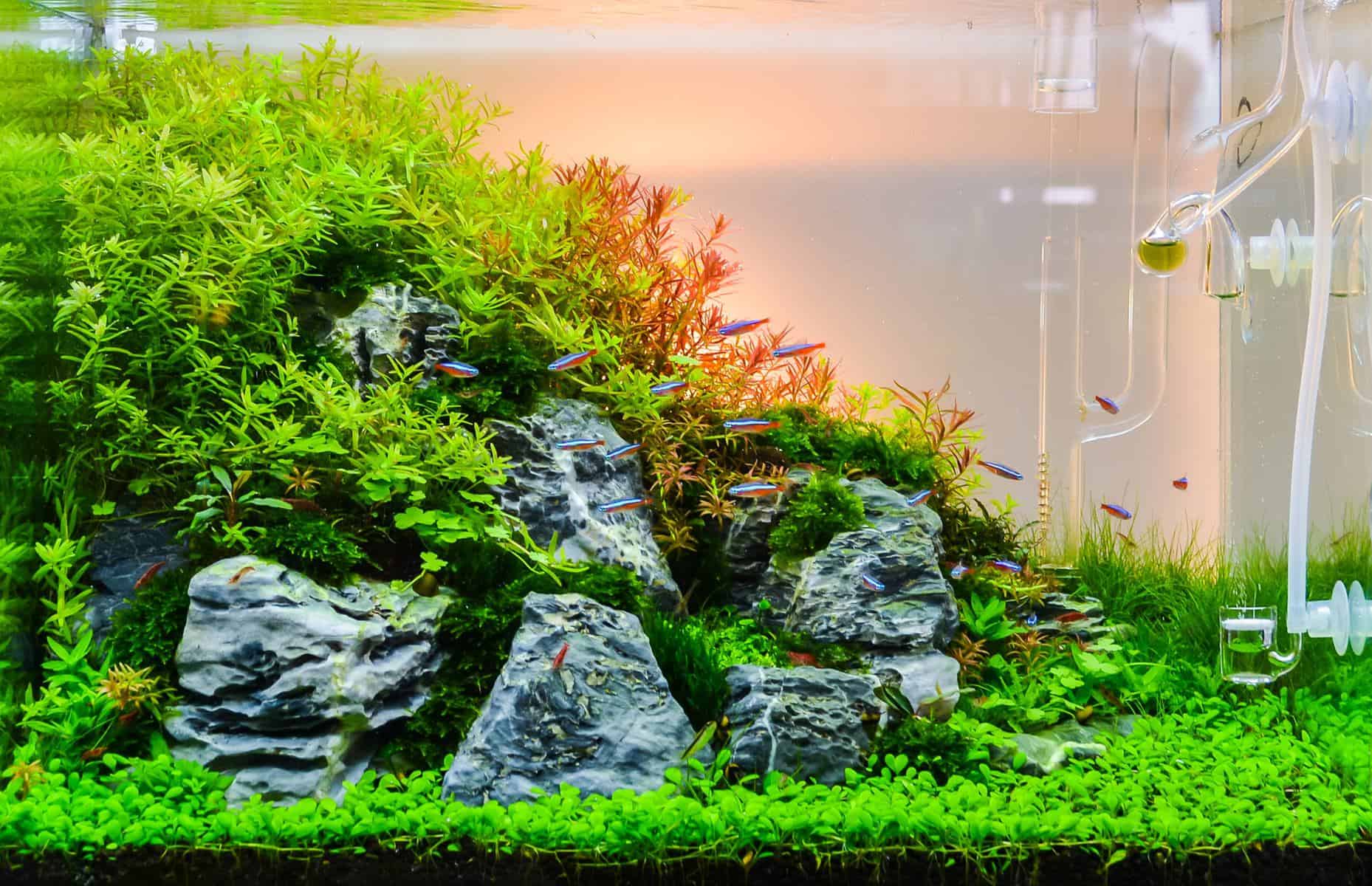
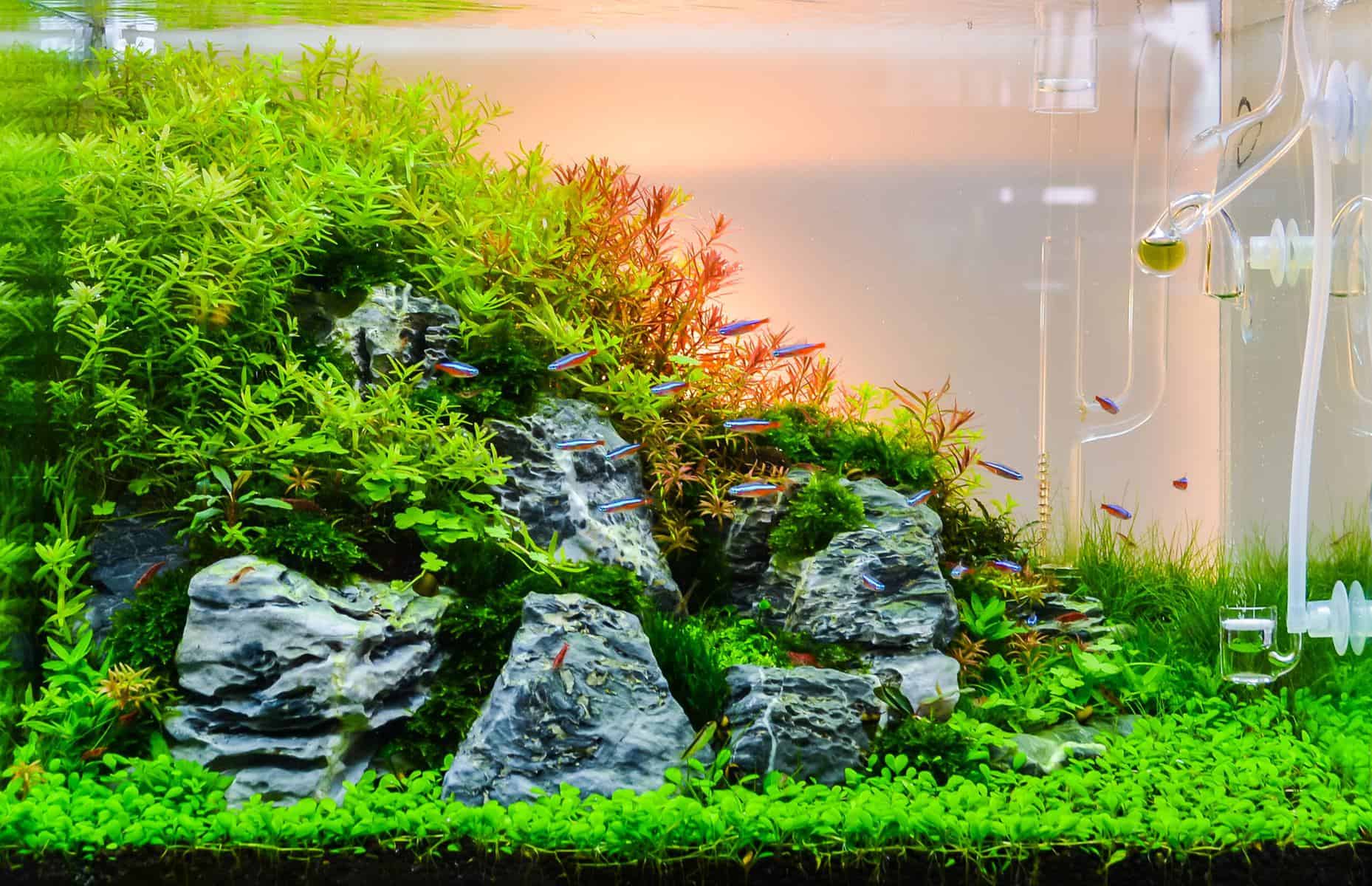
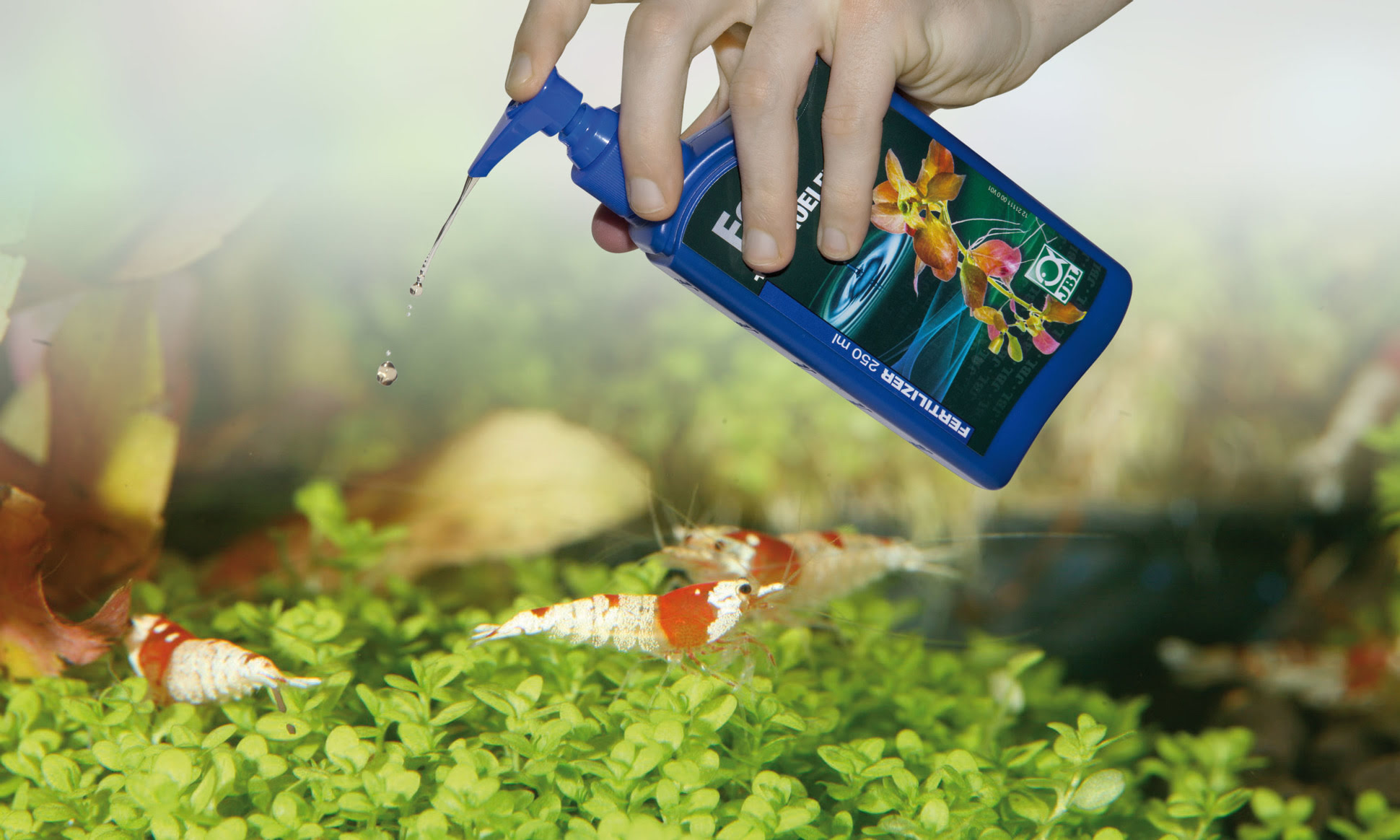


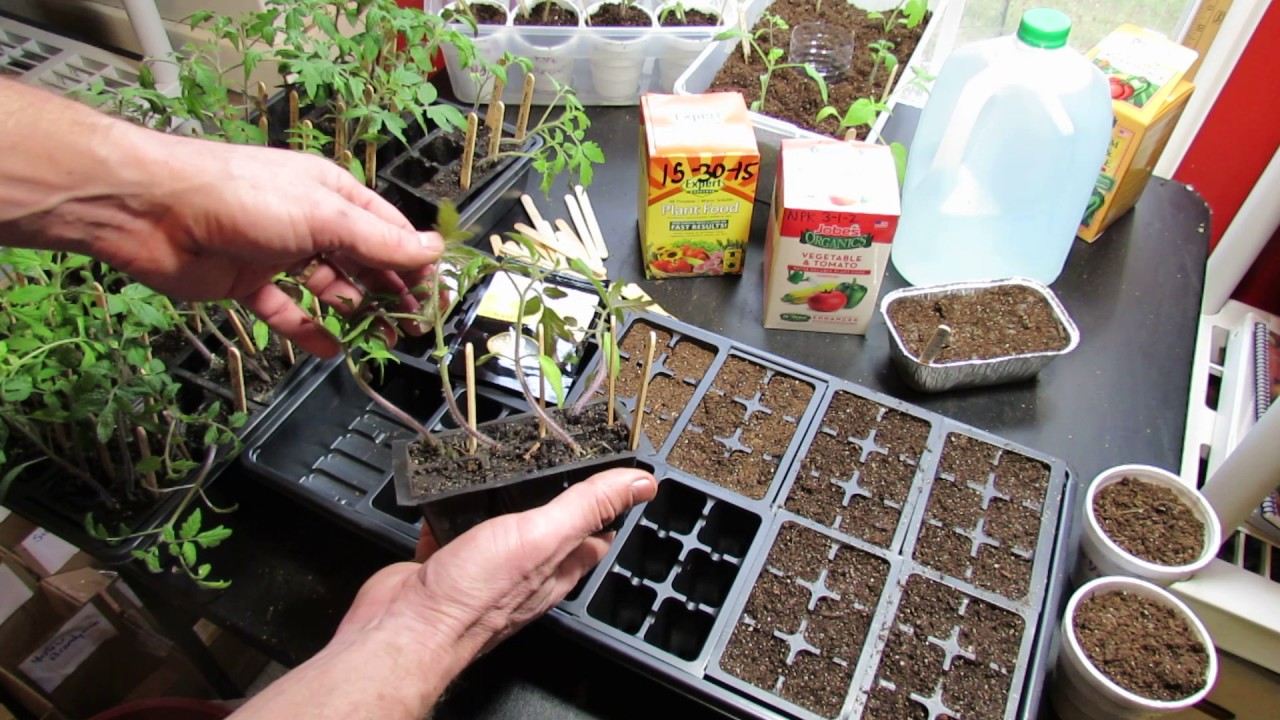
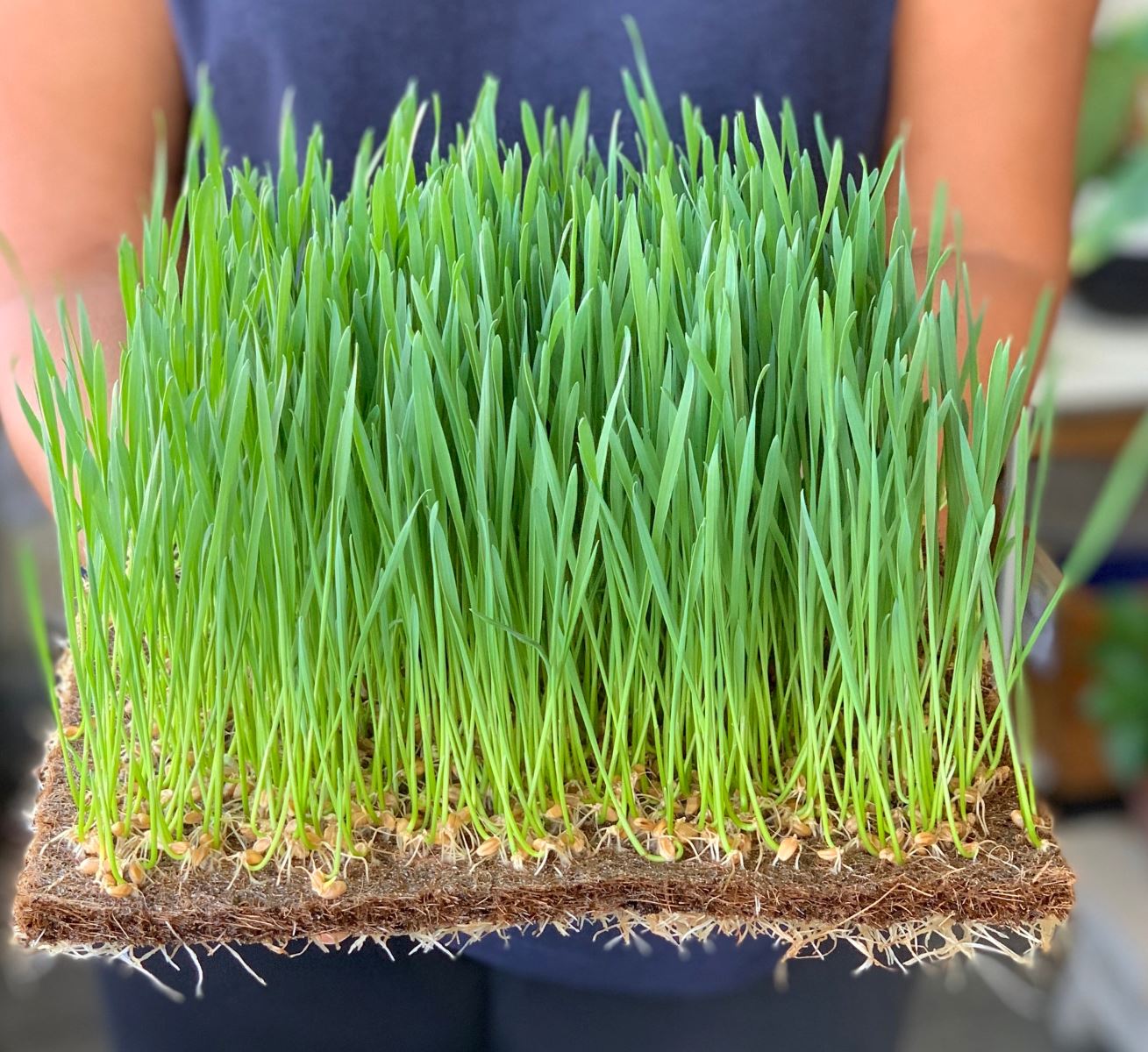
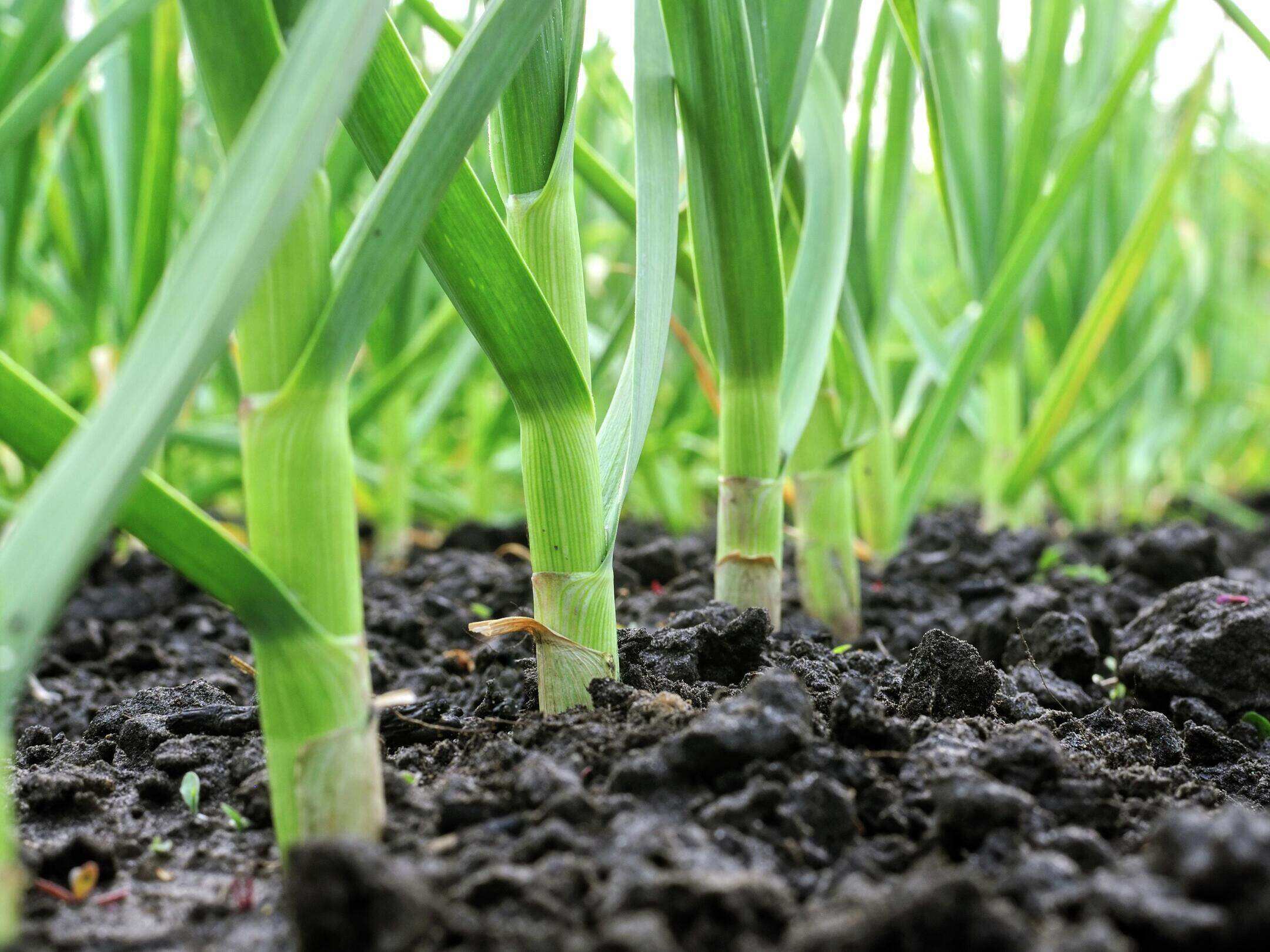



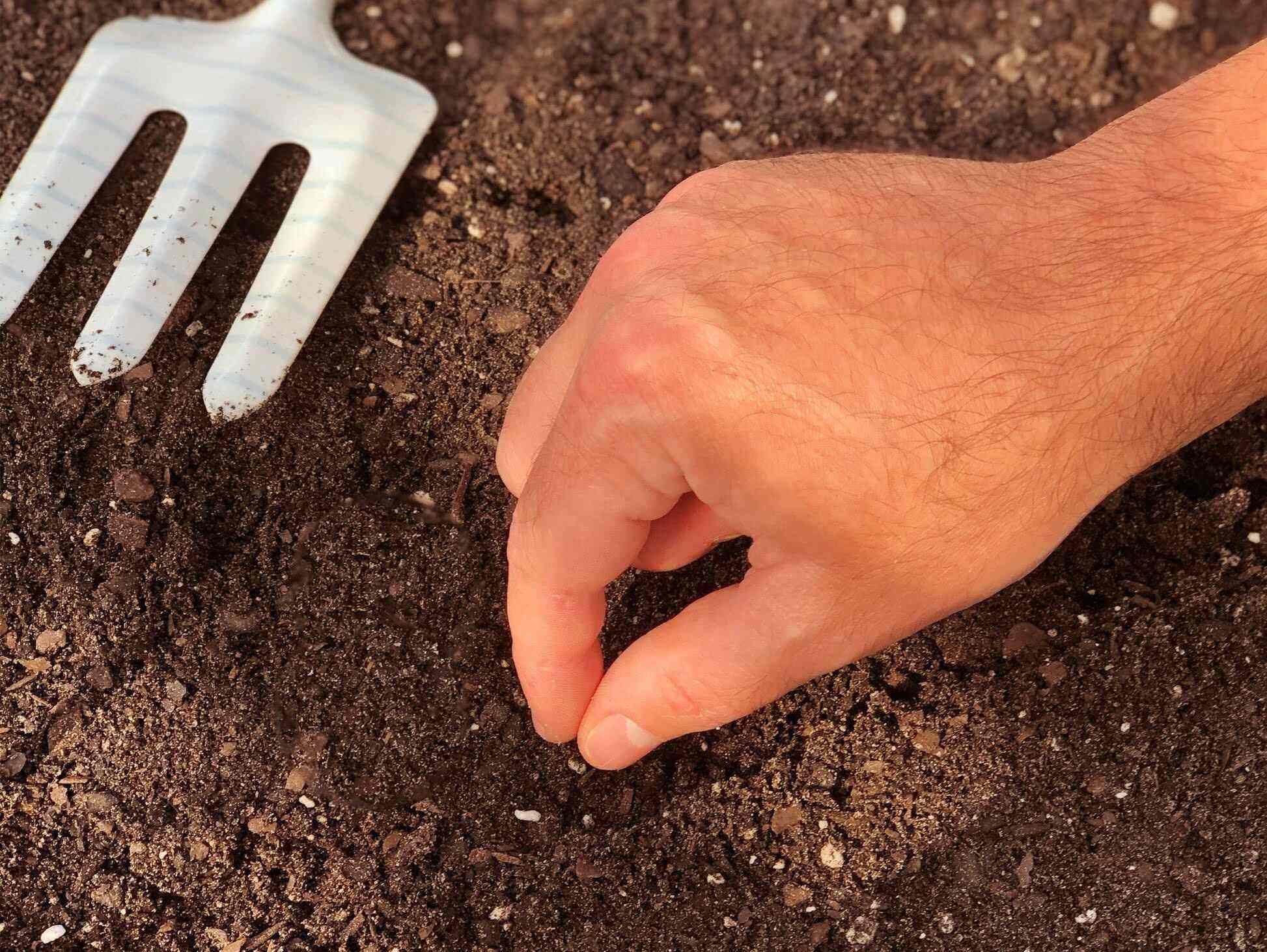
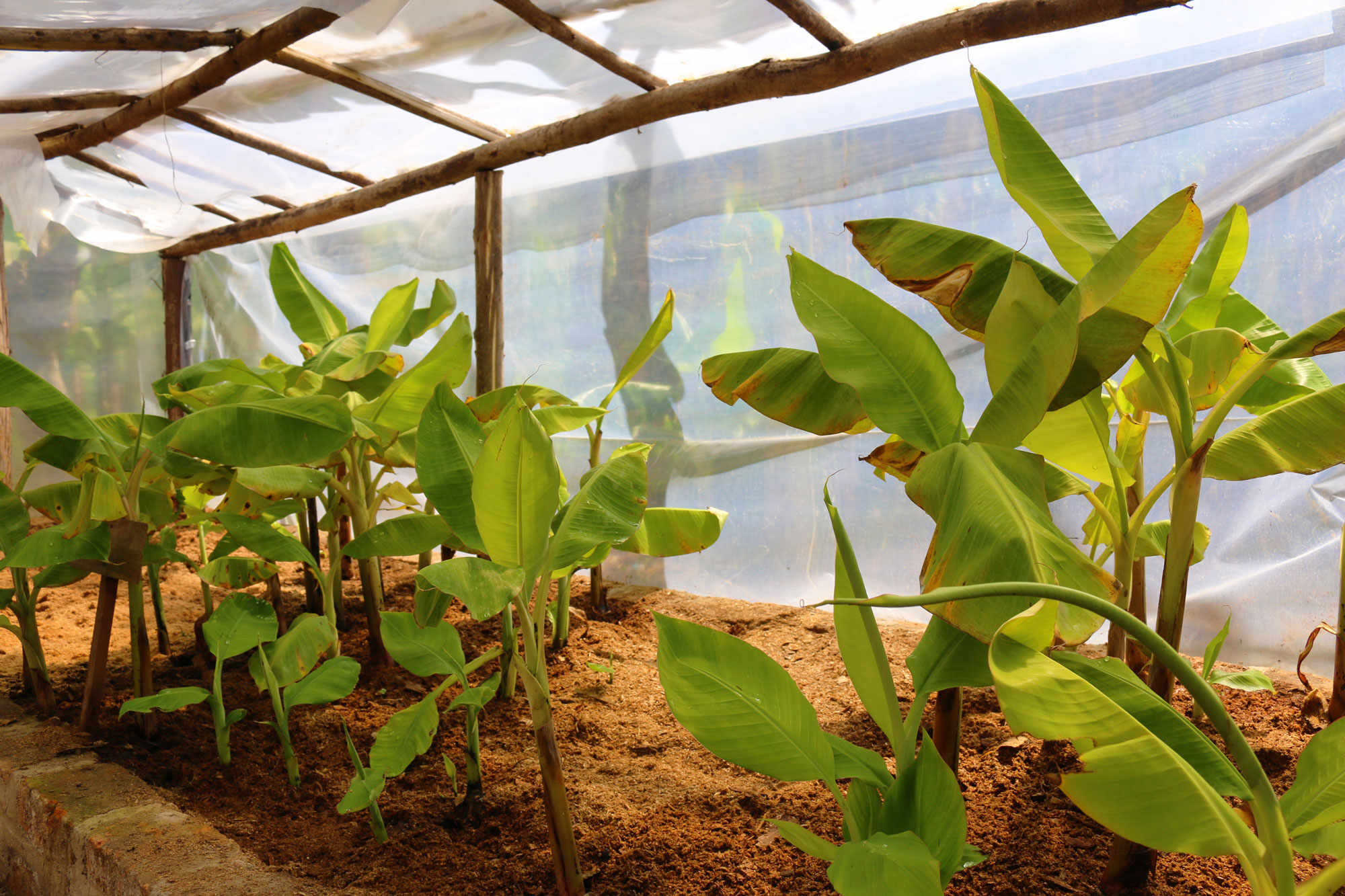
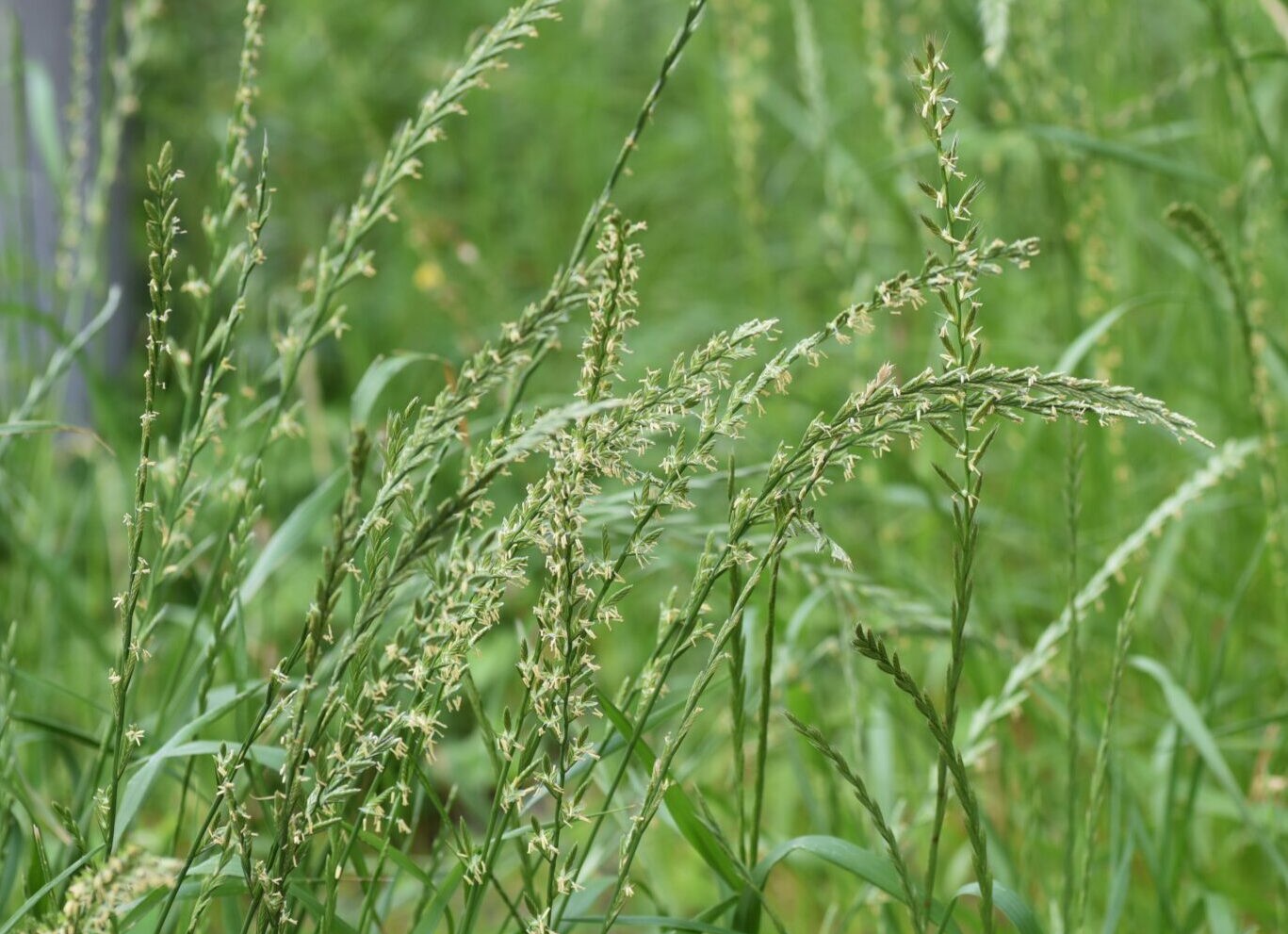

0 thoughts on “How To Plant Aquarium Grass Seeds”